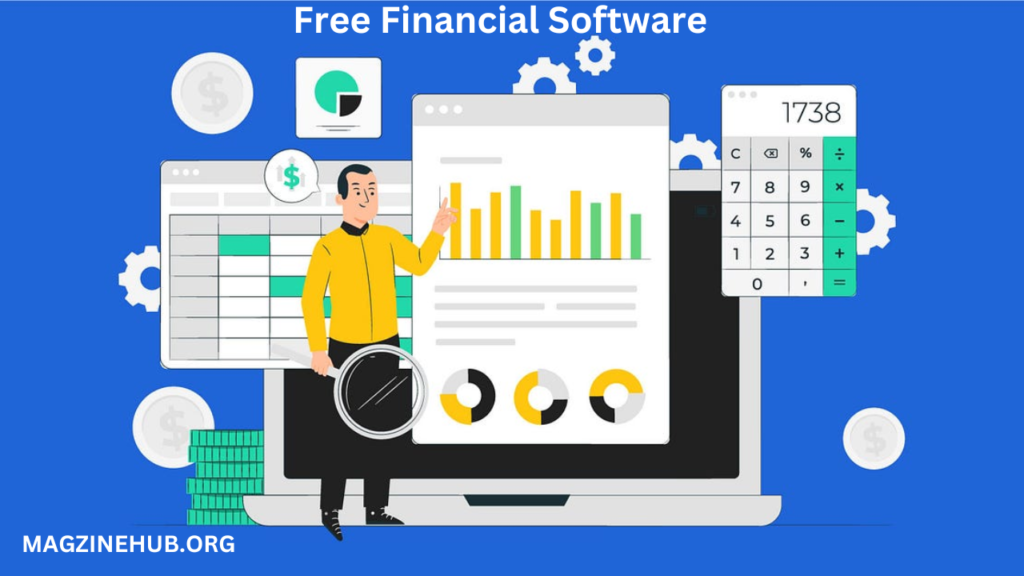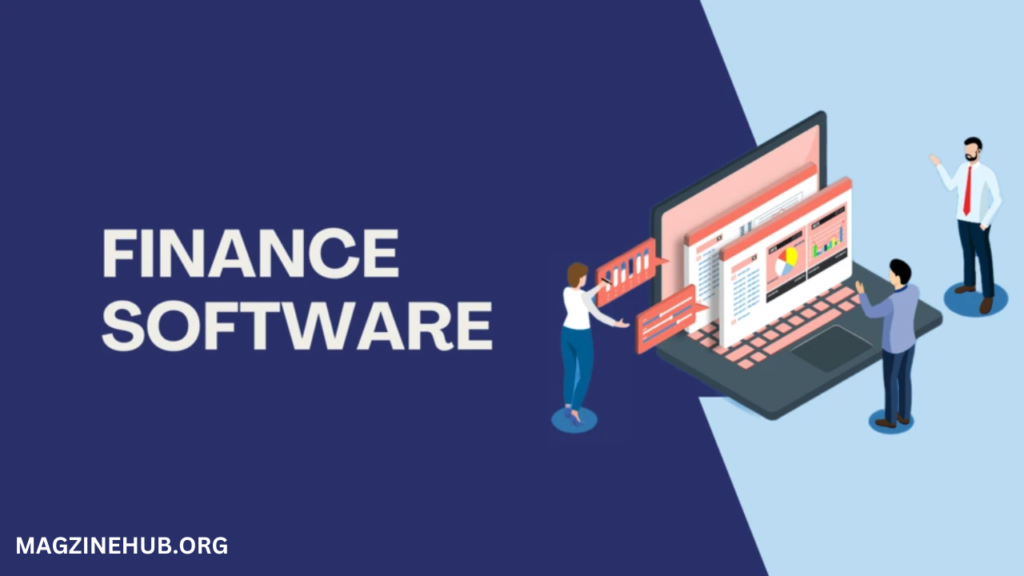Managing personal finances can be a daunting task, but with the right tools, it becomes a breeze. In today’s fast-paced world, staying on top of your financial game is more crucial than ever. With numerous free personal finance software options available, everyone has the opportunity to optimize their financial health. This blog is tailored for those eager to take charge of their finances without spending a dime. We’ll explore top software choices, helping you to make informed decisions and elevate your financial well-being.
Understanding Personal Finance Software
Personal finance software is designed to simplify the way you manage money. From budgeting to tracking expenses, these programs offer a streamlined approach to financial management. Many people find that using these tools helps them gain better control over their spending habits and savings goals. By automating some of the more tedious tasks, you can focus on making smarter financial decisions.
The best part is, several high-quality options are available for free. These tools provide powerful features without the burden of subscription fees. Whether you’re a student, a professional, or someone simply looking to improve their financial literacy, there’s something out there for you. The key is to find the right software that matches your needs and lifestyle.
In this guide, we’ll break down some of the most popular free personal finance software. Each option has its strengths, catering to different aspects of financial management. By the end, you’ll have a clearer picture of which tool might be the best fit for you. Let’s get started on the path to financial empowerment.
Why Use Free Financial Software?

Free financial software offers a no-cost way to enhance your financial literacy. With digital tools, you can track expenses, set budgets, and even forecast future financial scenarios. This empowers you to make informed decisions about your money. Not only do these tools help organize your finances, but they also provide insights into your spending and saving habits.
One might wonder why choose free over paid. Free software often provides the same core functionalities as their paid counterparts. This means you can achieve similar financial outcomes without any initial investment. For those just starting out, it’s a perfect way to get familiar with the world of financial planning.
Another advantage is the flexibility these tools offer. You can try different software to see which one suits your needs best. There’s no contract or commitment, allowing you to switch easily if one isn’t meeting your expectations. This freedom ensures that you remain in control of your financial management strategy and can adapt as your needs change.
Key Features to Look For
When selecting personal finance software, it’s important to know what features to prioritize. First, look for budgeting capabilities. A good tool will allow you to set, track, and adjust your budget easily. This function is essential for managing daily expenses and ensuring you stick to your financial plan.
Another vital feature is expense tracking. It should categorize your spending, helping you identify areas where you might overspend. These insights are crucial for developing better spending habits and identifying opportunities to save. Additionally, make sure the software offers a user-friendly interface, ensuring that navigation is intuitive and not overwhelming.
Finally, consider the security features. Since you’ll be inputting sensitive financial data, it’s crucial that the software has robust security measures in place. Look for encryption and privacy features that protect your information. This ensures peace of mind as you manage your finances digitally.
Best Free Finance Software Options
Navigating the world of personal finance software can be overwhelming with so many choices. Let’s explore some of the best free options available.
Mint: One of the most popular options, Mint offers comprehensive budgeting tools and seamless bank synchronization. It’s ideal for those who want an all-in-one financial dashboard.
Personal Capital: While it targets investment management, Personal Capital’s free version provides excellent budgeting and expense tracking tools. It’s great for those with a focus on growing their wealth.
YNAB (You Need a Budget): Known for its unique approach to budgeting, YNAB helps users give every dollar a job. While it’s typically a paid service, students can access it for free.
Each of these options provides a unique set of features, making them ideal for different types of users. Consider your needs, test the platforms, and choose the one that aligns with your financial goals.
How to Get Started with Software

Starting with personal finance software might seem intimidating at first, but it’s simpler than you think. Begin by listing down your financial goals. Do you want to save more, track expenses, or plan for retirement? Having clear objectives will guide your choice of software.
Once you’ve selected a tool, input your financial data. This includes income, expenses, debts, and any other relevant information. Most software will guide you through this process, making it easy even for beginners. The more accurate your data, the better the insights you’ll receive.
Take some time to explore the features. Familiarize yourself with the dashboard, reporting tools, and any alerts or notifications. Regularly check in to update your information and track your progress. Over time, you’ll become more comfortable with the software, and managing your finances will feel automatic.
Tips to Maximize Your Experience
To get the most out of your personal finance software, consistency is key. Regularly updating your information ensures that the insights and reports are accurate. This helps you make informed decisions and adjust your financial strategy as needed.
Set reminders to review your finances weekly or monthly. This habit keeps you engaged with your financial situation and helps catch any discrepancies early on. Additionally, use the goal-setting features to motivate yourself. Clearly defined goals provide direction and purpose to your financial planning.
Finally, don’t hesitate to explore additional resources. Many software options offer blogs, webinars, and community forums. These resources provide valuable tips and advice from other users, helping you optimize your financial management skills.
The Role of Financial Literacy
Financial literacy plays a crucial role in successful personal finance management. It’s not just about using the software but understanding the principles behind it. This knowledge empowers you to make better decisions, ensuring long-term financial health.
Educational resources are abundant online. From articles and courses to podcasts and videos, there’s something for every learning style. Investing time in developing your financial literacy pays off with increased confidence and improved financial outcomes.
By combining financial literacy with the power of software, you create a robust framework for managing your finances. This partnership leads to smarter spending, saving, and investing, setting you on the path to financial success.
Overcoming Common Challenges
While personal finance software offers numerous benefits, challenges can arise. One common issue is keeping the data updated. It requires discipline to regularly input transactions and review financial reports. Setting reminders can help maintain this routine.
Another challenge is dealing with software limitations. Free versions may have restricted features compared to paid ones. Identify what’s most important for your needs and ensure the free version meets those requirements. If not, consider supplementing with other tools or resources.
Lastly, some users may struggle with analyzing data. If this is the case, seek out tutorials or guides specific to the software you’re using. Many companies offer customer support or community forums where you can ask questions and learn from others.
Growing Your Financial Potential

Using personal finance software is just the beginning of your financial journey. It’s a tool that helps you achieve your goals, but the drive must come from within. Set ambitious yet realistic goals. Whether it’s saving for a vacation or building an emergency fund, having a target keeps you motivated.
Track your progress and celebrate small victories along the way. These milestones reinforce positive financial behavior and encourage continued growth. Remember, financial management is a lifelong process. Stay committed, continue learning, and adapt your strategies as your circumstances change.
With dedication and the right tools, you can unlock your full financial potential, creating a secure and prosperous future for yourself and your family. The road to financial freedom is paved with informed decisions and consistent effort.
Conclusion
Personal finance software offers a powerful solution to managing your finances effectively. With numerous free options available, there’s no reason not to take advantage of these tools. They provide clarity, convenience, and control over your financial life.
By choosing the right software and committing to regular financial reviews, you enhance your understanding of personal finance. This leads to smarter choices, increased savings, and ultimately, financial empowerment. Remember, the key to success is staying informed and proactive in your financial management.
Take the next step today by exploring the software options we’ve discussed. Start your financial transformation and unlock the potential that lies within your reach. Your financial future begins now.
